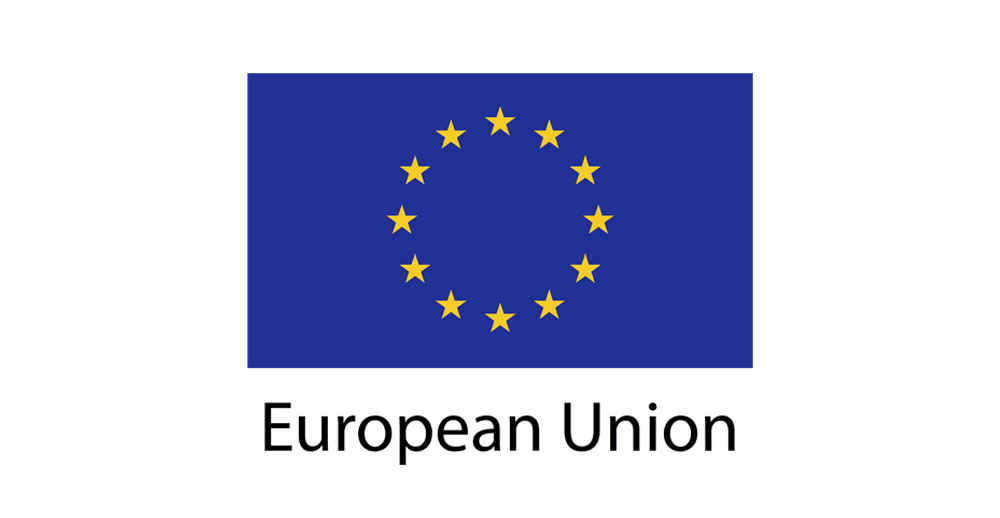Wine decanting is an essential process in fine wine, used to enhance the quality and presentation of a bottle.
This simple yet effective technique involves transferring wine from its bottle into a decanter, allowing it to breathe and separate from sediment.
Decanting can significantly enhance the wine-drinking experience for wine enthusiasts, sommeliers, and restaurant owners.
Decanting serves several purposes. Firstly, it helps to aerate the wine, which can soften tannins and release complex aromas and flavors that might be muted in a newly opened bottle.
This process is essential for older wines, where sediment may have accumulated over time. Removing this sediment is crucial to ensure a smooth and enjoyable drinking experience.
Decanting also plays a role in presentations for sommeliers and restaurant owners. A well-decanted wine enhances the flavor and adds a touch of elegance to the service, creating a perfect wine pairing experience for diners.
As the interest in fine wines grows, mastering the art of decanting becomes essential for anyone involved in the wine industry.
What is Wine Decanting?
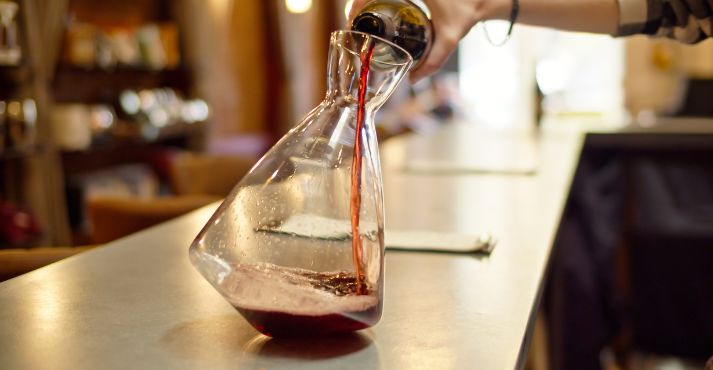
Wine decanting involves transferring wine from its original bottle into a separate container called a decanter. This technique enhances the wine’s flavors and removes sediment.
Historical Background and Evolution
The practice of decanting wine dates back several centuries. Antique decanters were originally made of glass or crystal.
After the fall of the Western Roman Empire, glass became scarce, so decanters were crafted from bronze, silver, gold, or earthenware.
Glass decanters were reintroduced during the Renaissance, with a familiar design featuring a slender neck and vast body. However, the increased surface area exposed wine to air, causing it to react.
In 18th-century Britain, the stopper was added to limit air exposure, and straight-sided bottles, often with engraved labels, evolved.
In Ireland, decanters made from mold-blown glass, with decorative rings and mushroom-shaped stoppers, gained popularity and were exported worldwide.
Travel versions also became common, featuring square bottles in mahogany boxes. The French added gilded shoulders to their travel decanters, emphasizing the visible part when stored.
Today’s decanters are often made from crystal or glass and feature elegant shapes designed to maximize aeration and presentation.
Purpose of Decanting Wine
Decanting primarily aims to improve the wine’s flavor and aroma. When wine is exposed to air, it undergoes a process called oxidation, which can soften tannins and release complex flavors and aromas that might be subdued in a sealed bottle.
This is especially beneficial for young red wines that can benefit from aeration to mellow their firm tannins.
For older wines, decanting is crucial for removing sediment that may have formed over time, ensuring a smoother and more enjoyable drinking experience.
Decanting enhances the quality of wine, making it a valuable practice for casual enthusiasts and professional sommeliers.
Does Every Wine Need Decanting?
Decanting wine is a technique that can significantly enhance the drinking experience, but it’s a common misconception that all wines require this process.
Exploring when and why to decant can help you get the most out of your wine. The process is perfect for various natural wines, including Grüner Veltliner, which is a sustainable wine.
Here’s a breakdown of which wines benefit from decanting and which typically do not.
Wines That Benefit from Decanting
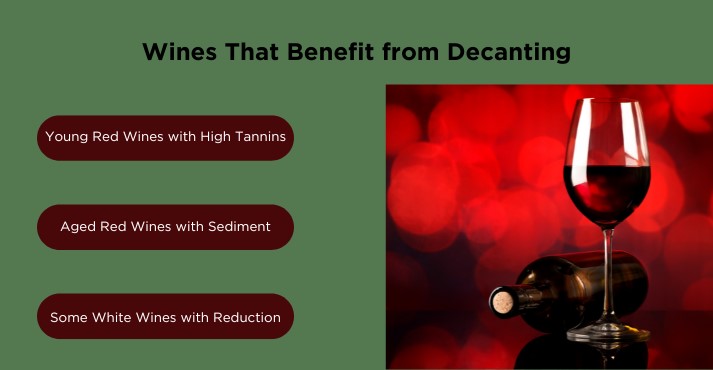
1. Young Red Wines with High Tannins
Young red wines, particularly those with high tannin levels, such as Cabernet Sauvignon and Syrah, often benefit from decanting. Tannins are compounds in grape skins, seeds, and stems that can make a wine taste astringent and harsh.
Decanting these wines allows them to breathe, softening the tannins and releasing their complex aromas and flavors. The exposure to air helps mellow the wine, making it more enjoyable and approachable.
2. Aged Red Wines with Sediment
Older red wines, such as Vintage Port and Barolo, often contain sediment that has accumulated over time. Decanting is essential in these cases to separate the wine from the sediment, which can impart a gritty texture and bitter taste.
Decanting these wines can also help release their nuanced flavors and aromas, which might be subdued if left in the bottle.
3. White Wines with Reduction
Certain aged white wines may develop a “matchstick” aroma due to a condition known as reduction, where sulfur compounds are present.
Decanting can help dissipate these unwanted aromas and improve the wine’s overall profile. This is more common with older white wines that have been cellared for several years.
Wines That Don’t Need Decanting
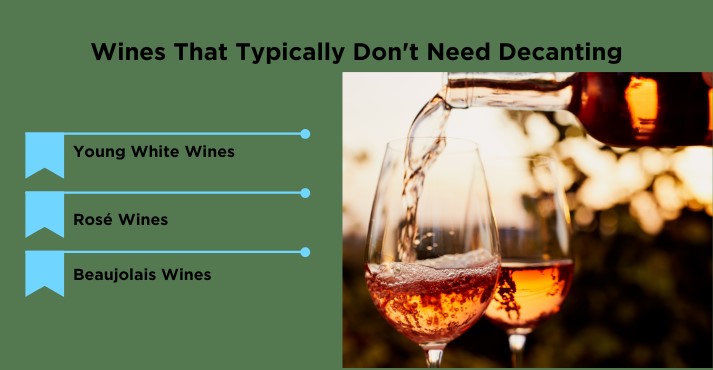
1. Young White Wines
Most young white wines, like Sauvignon Blanc or Chardonnay, do not need decanting. These wines are usually enjoyed for their fresh, crisp qualities, and decanting them might diminish their vibrant flavors and aromas.
They benefit more from being served at the correct temperature than from air exposure.
2. Rosé Wines
Rosé wines are typically light and refreshing and do not generally require decanting. They are best enjoyed young and chilled, and their delicate flavors and aromas are preserved without aeration.
3. Beaujolais Wines
Beaujolais, particularly Beaujolais Nouveau, is known for its fresh and fruity profile, often enjoyed young. These wines’ light and vibrant nature means they don’t benefit significantly from decanting. They are best served fresh and at a slightly chilled temperature.
Decanting is a valuable practice for enhancing the quality of certain wines, particularly those with high tannins, aged reds with sediment, or older whites with reduction issues.
However, not all wines require decanting. Young whites, rosés, and Beaujolais wines typically do not need this process. They are best enjoyed in their fresh, unaltered state.
How to Decant Wine?
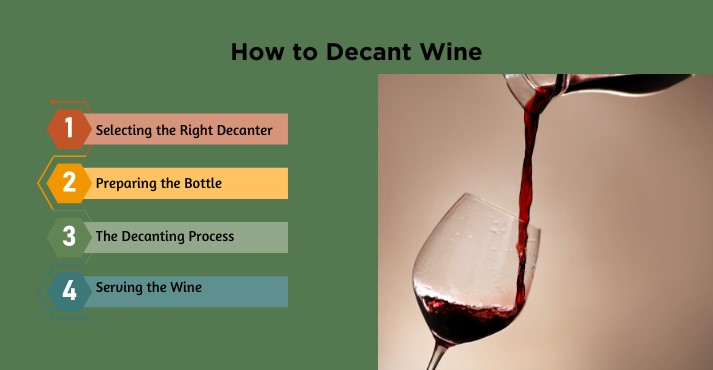
Decanting wine is a straightforward process that can significantly enhance the drinking experience. Here’s a step-by-step guide to ensure you get the most out of your wine:
Selecting the Right Decanter
Choosing a suitable decanter is crucial for effective decanting. Decanters come in various shapes and sizes, each designed for specific purposes.
A broad base and narrow neck decanter are ideal for most red wines. This shape allows maximum exposure to air, which helps in aeration.
For older wines, a decanter with a finer neck and a more elegant shape may be preferable to minimize sediment disturbance.
Additionally, crystal decanters can add a touch of elegance, while glass decanters are functional and easy to clean.
Preparing the Bottle
Before decanting, prepare the wine by standing the bottle upright for at least 24 hours.
This positioning allows sediment to settle at the bottom of the bottle, making it easier to separate from the wine during decanting.
Ensure the bottle remains undisturbed during this period to avoid agitating the sediment.
The Decanting Process
When ready to decant, carefully remove the cork and gently pour the wine into the decanter.
Hold the bottle at a slight angle and pour slowly to minimize agitation.
Slow down as you near the bottom of the bottle, where sediment is likely to be present.
The goal is to avoid disturbing the sediment, so stop pouring it just before it reaches the neck of the bottle.
Serving the Wine
Once the wine is decanted, it’s ready to serve. Decanting can improve the wine’s flavors and aromas, making it more enjoyable.
The ideal decanting time for red wines varies: younger reds often benefit from 30 to 60 minutes of aeration, while older reds may need 1 to 2 hours. This timing can help develop the wine’s complexity and smoothness.
Additional Tips
- Using a Decanting Funnel: To avoid sediment disturbance, consider using a decanting funnel with a built-in filter. This tool catches sediment and ensures a cleaner pour.
- Decanting Time: Adjust the decanting time based on the wine’s age and type. Younger reds generally benefit from less time, while older wines may need more time to open up fully.
- Serving Temperature: Serve the wine at the appropriate temperature for its type. Red wines are served slightly below room temperature, while white wines should be chilled.
Following these steps and tips ensures your wine is decanted properly, enhancing its flavors and providing a better overall drinking experience.
Frequently Asked Questions (FAQs)
How long should you decant wine?
Decanting time varies by wine type. Younger reds often need 30-60 minutes to aerate, while older reds may benefit from 1-2 hours. Adjust based on the wine’s age and characteristics.
Can decanting ruin a wine?
Decanting generally enhances wine, but over-aeration can harm delicate wines. If left too long, especially older wines, excessive exposure to air might alter their flavor or cause them to deteriorate.
Can you put decanted wine back in a bottle?
You can put decanted wine back into its original bottle if needed. However, it’s best to do so carefully to avoid mixing in sediment and to ensure the wine remains at its optimal quality.
Conclusion
Decanting wine enhances the drinking experience by improving the wine’s flavors and aromas.
Grasping the basics like selecting the suitable decanter, preparing the bottle, and using gentle pouring techniques – can significantly affect how a wine presents itself.
Decanting is particularly beneficial for young red wines with high tannins, older reds with sediment, and certain white wines with reduction issues.
However, it’s important to note that not all wines require decanting. Young whites, rosés, and light reds often benefit more from being served fresh and at the right temperature than from aeration.
Additionally, while decanting improves wine, overexposure to air or improper handling can diminish its quality.
To maximize the benefits of decanting, use a decanting funnel to trap sediment and adjust the decanting time based on the wine’s age and style.
With practice, you can master wine decanting and enhance your wine-drinking experience, whether you’re a casual enthusiast, vendor at a food and beverage fair or market, exhibitionist, or a seasoned sommelier.



















